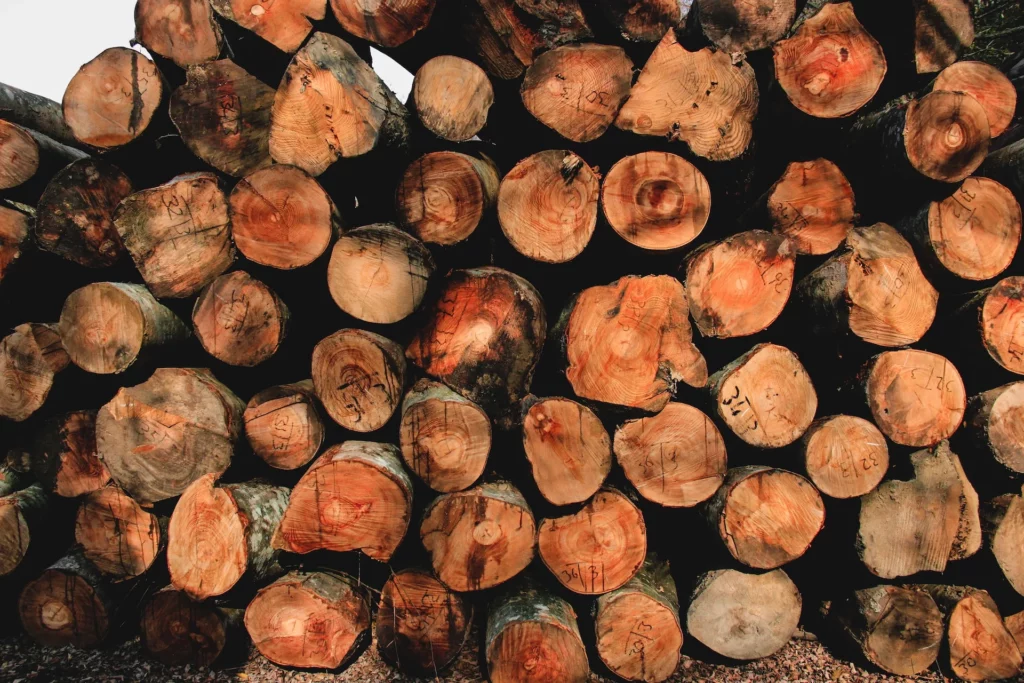Tree lopping stands as an indispensable facet of arboriculture, providing a spectrum of services meticulously designed to safeguard the vitality, security, and visual allure of trees. Each type of tree lopping service is tailored to address specific needs and challenges. In this comprehensive guide, we will explore the different types of tree lopping services and their significance in maintaining thriving and safe tree populations.

Crown Reduction
One common type of tree lopping service is crown reduction. This involves selectively removing branches to reduce the overall size and density of a tree’s crown. Crown reduction is beneficial for maintaining the structural integrity of a tree, preventing overcrowding, and minimizing the risk of branches interfering with nearby structures or utility lines. Arborists carefully assess the tree’s health and structure before determining the appropriate level of crown reduction.
Deadwood Removal
Deadwood removal is a crucial aspect of tree lopping that focuses on eliminating dead, dying, or diseased branches. Deadwood can pose significant safety hazards as it becomes brittle and prone to falling. Moreover, the extraction of deadwood not only fosters the general well-being of the tree but also acts as a preventive measure against the proliferation of diseases and infestations by pests. This service holds particular significance in urban environments, where the potential danger of falling branches to both individuals and property necessitates a proactive approach to mitigate risks.
Thinning
Thinning is a tree lopping technique that involves selectively removing certain branches to enhance light penetration and air circulation within the tree’s canopy. This service is especially beneficial for densely populated trees, as it promotes the overall health of the tree by reducing the risk of fungal infections and improving the tree’s ability to withstand adverse weather conditions. Thinning also contributes to a more aesthetically pleasing and well-balanced tree canopy.
Height Reduction
Height reduction, as the name suggests, involves reducing the overall height of a tree. This service is often employed in situations where a tree has outgrown its allotted space or poses a potential risk to structures or power lines. Arborists carefully assess the tree’s growth pattern and health before determining the appropriate height reduction. Properly executed height reduction not only addresses safety concerns but also helps maintain the natural form and health of the tree.
Pollarding
Pollarding is a specialized tree lopping technique involving the removal of the upper branches of a tree, promoting a dense head of foliage and branches. This method is often used for certain tree species to control growth, encourage specific aesthetics, or manage the tree’s size in urban landscapes. Pollarding requires regular maintenance to sustain the desired appearance and prevent the tree from becoming hazardous or structurally compromised.
Storm Damage Cleanup
Storms can wreak havoc on trees, causing branches to break or trees to fall. Tree lopping services play a crucial role in storm damage cleanup by safely removing damaged or fallen branches and assessing the overall health of affected trees. Swift response to storm damage helps prevent further risks and allows for the proper rehabilitation of damaged trees.
Emergency Tree Removal
In certain situations, immediate removal of a tree may be necessary to address imminent risks. Emergency tree removal is a specialized tree lopping service that involves the prompt and safe removal of a tree posing an immediate threat to life or property. Trained arborists assess the situation, formulate a removal plan, and execute the removal with precision and safety measures.
Tree lopping services are diverse and essential for maintaining the health, safety, and aesthetics of trees in various environments. Whether it’s crown reduction, deadwood removal, thinning, height reduction, pollarding, storm damage cleanup, or emergency tree removal, each type of service addresses specific concerns and contributes to the overall well-being of trees. By understanding these different tree lopping services, property owners can make informed decisions to ensure the longevity and vitality of their tree populations. Always consult with professional arborists to assess the specific needs of your trees and to implement appropriate lopping services for optimal results.
